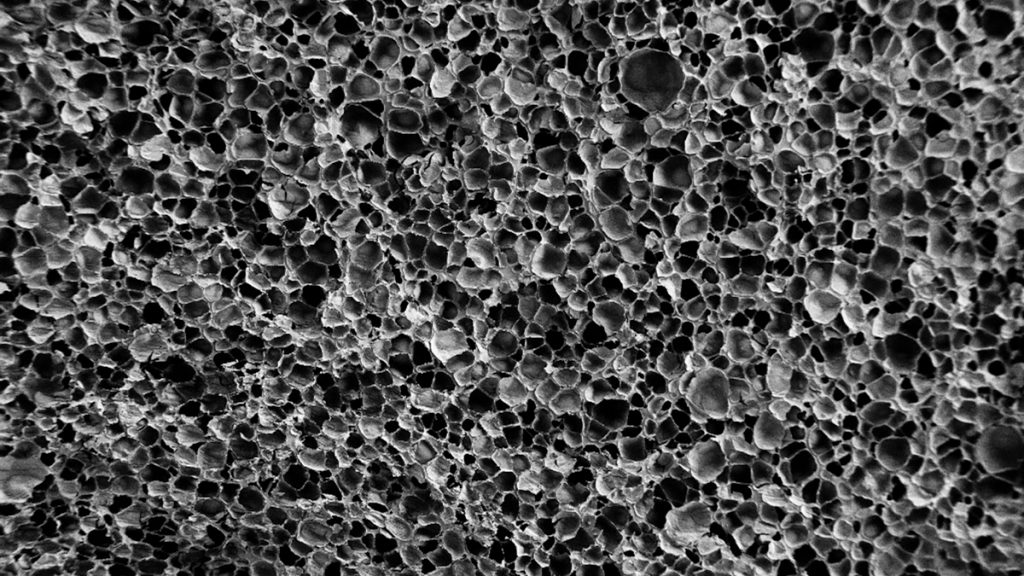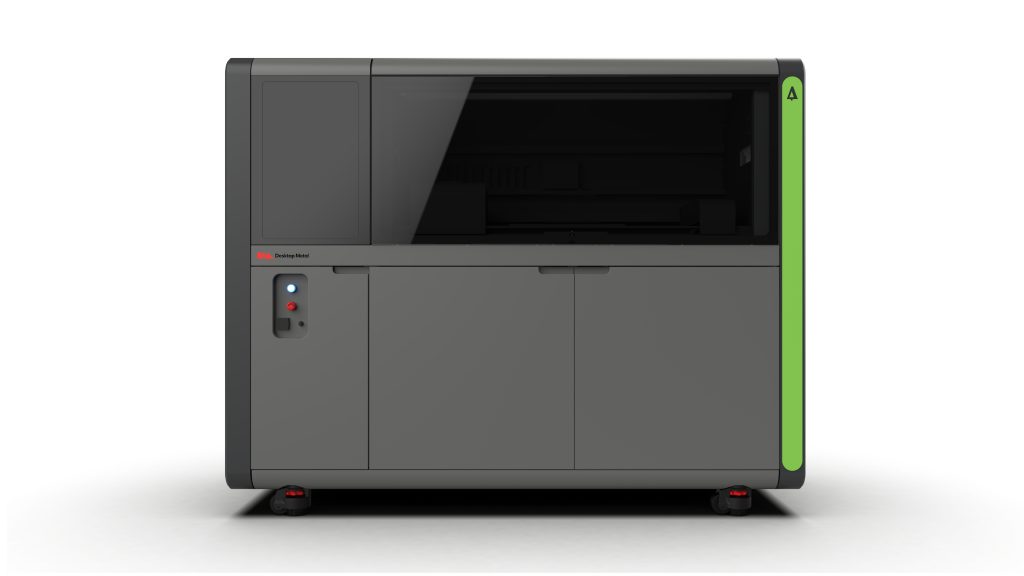Industrial 3D printer manufacturer Desktop Metal has announced an additional $50 million cost-cutting plan for 2023, which will prioritize operations and investments based on near-term revenue generation, establishing the firm to meet its long-term financial objectives.
Four facilities will close, and Desktop Metal will reduce its workforce by approximately 15%.
A critical component of the cost-cutting strategy is a concerted effort to simplify and centralize numerous locations throughout the United States and Canada into four hubs in Texas, Pennsylvania, Massachusetts, and the Midwest. The cost-cutting strategy also entails a 15% workforce reduction. This plan, in conjunction with the cost optimization and strategic integration initiative that began in June 2022, is anticipated to result in annualized savings of $100 million in 2023. Throughout the year, Desktop Metal will provide additional information about the progress of this effort.
“These cost reductions will help us improve margins and reduce costs to accelerate our path to profitability. The Additive Manufacturing industry continues to mature and expand even in a challenging macroeconomic environment,” said Ric Fulop, Founder, and CEO of Desktop Metal.

Desktop Metal’s industrial portfolio
Previously, Desktop Metal received $9 million order from an anonymous automotive customer. While Desktop Metal has not named its customer, it has defined them as a “major German automaker” that mass produces powertrain parts. In practice, the consumer’s new binder jet system, the second in a year, will be used to assist in the production of digitally cast automobile components.
Furthermore, the company introduced a wood-based binder jetting edition of its Shop System. The company’s Shop System Forust Edition, which is based on a technology created by its Forust subsidiary, is capable of converting repurposed sawdust into functional, end-use wooden parts. Though it was initially announced last year, Desktop Metal has since streamlined the workflow and is being marketed as a turnkey system with prospective architecture, design, consumer, and automotive applications.
“Our talent is the critical success factor that helps us drive the industry forward. These actions reinforce our highest priorities and create a flatter, more agile organization. I value the contributions of everyone who has served and continues to serve Desktop Metal. We are committed to managing this transition with care and respect,” added Fulop.
Elsewhere, Desktop Metal introduced FreeFoam, a novel 3D printable photopolymer resin family with heat-activated foaming agents. FreeFoam, developed by Texas-based materials specialist Adaptive3D, a Desktop Metal subsidiary acquired in 2021, can be programmed to enlarge anywhere between 2 and 7 times the original printed size without the need for any tooling. Consequently, tunable and durable closed-cell foam parts are produced, that are expected to be widely used in industries like automotive, furniture, sporting goods, footwear, and healthcare.

AM companies that facilitated cost-reduction plans
Previously, oil and gas giant Shell collaborated with Poly Products, a fiberglass reinforcement specialist, to reverse engineer and 3D print an obsolete part for one of its offshore structures. Shell Nigeria used additive manufacturing to create a seal cover for a mooring buoy in one of its offshore locations after the part became unavailable on the market, posing significant cost and lead time issues. Collaborating with Poly Products, the team was able to decrease the part’s lead time from 16 weeks to just two, resulting in a 90 percent cost savings.
Elsewhere, by redesigning the door hinge of a luxury sports car, the Fraunhofer Institute for Additive Production Technologies (IAPT) illustrated how 3D printing can improve both manufacturing costs and technical performances. In order to maximize weight and cost savings, IAPT’s engineers optimized every aspect of the geometry of the door hinge to the build orientation and process variables during the part redesign project. Finally, the project aimed to shed light on the less obvious factors that affect the costs of 3D printed parts, in addition to the geometry of the parts themselves.
What does the future of 3D printing for the next ten years hold?
What engineering challenges will need to be tackled in the additive manufacturing sector in the coming decade?
To stay up to date with the latest 3D printing news, don’t forget to subscribe to the 3D Printing Industry newsletter or follow us on Twitter, or like our page on Facebook.
While you’re here, why not subscribe to our Youtube channel? Featuring discussion, debriefs, video shorts, and webinar replays.
Are you looking for a job in the additive manufacturing industry? Visit 3D Printing Jobs for a selection of roles in the industry.
Feature image shows a render of Desktop Metal’s Shop System Forust Edition. Image via Desktop Metal.


